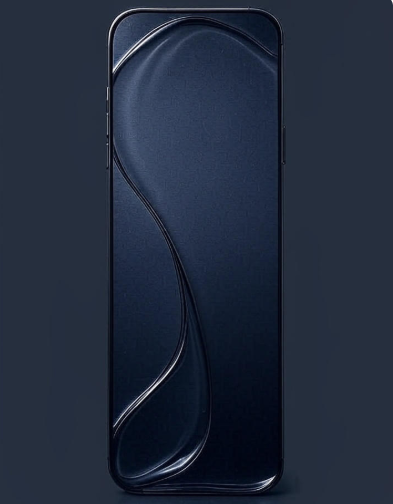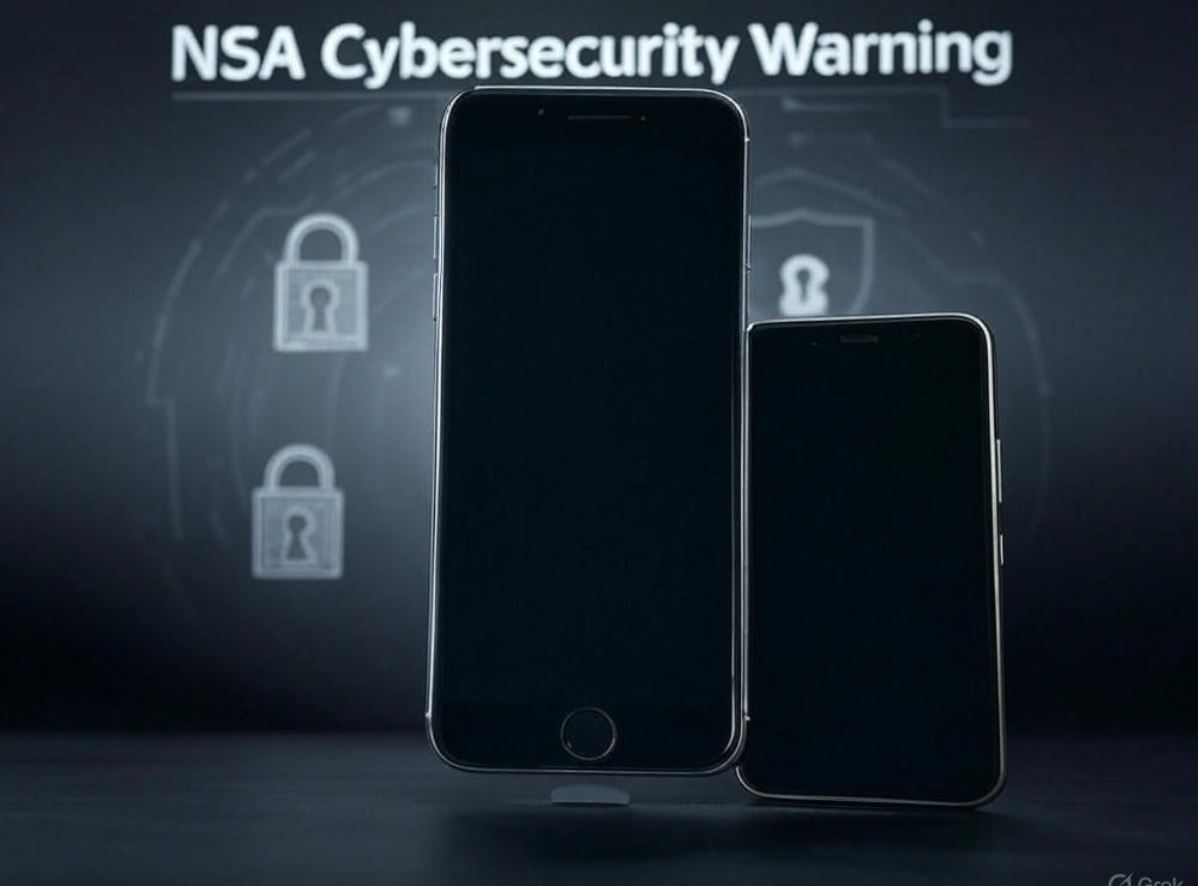Apple just dropped a bombshell that’s got iPhone users everywhere scrambling to check their device settings. With iOS 26 officially announced at WWDC 2025, the tech giant has drawn a new line in the sand – and some fan-favorite iPhones didn’t make the cut.
If you’re holding onto an iPhone XS, iPhone XR, or iPhone SE (1st generation), I’ve got some tough news. Your trusty device has reached the end of its software update journey. But before you panic, let’s dive into what this really means and why Apple made these choices.
The iOS 26 Compatibility List: Who’s In and Who’s Out
Here’s the complete breakdown of which iPhones will get iOS 26 when it launches this fall:
✅ Supported Devices:
- iPhone 16 series (all models)
- iPhone 15 series (all models)
- iPhone 14 series (all models)
- iPhone 13 series (all models)
- iPhone 12 series (all models)
- iPhone 11 series (all models)
- iPhone SE (2nd generation, 2020)
- iPhone SE (3rd generation, 2022)
❌ No Longer Supported:
- iPhone XS and XS Max
- iPhone XR
- iPhone SE (1st generation)
The pattern is clear: iOS 26 will be compatible with the iPhone 11 and newer, marking a significant shift in Apple’s support strategy.
Why Apple Made This Decision (And It’s Not Just About Money)
Let’s be honest – Apple isn’t just randomly picking which phones to drop. There’s solid technical reasoning behind these choices, even if it stings for those with older devices.
The Chip Factor The iPhone 11 introduced Apple’s A13 Bionic chip, which represented a major leap forward in processing power and efficiency. The phones getting dropped – the XS, XR, and original SE – run on older A12 and A9 chips respectively. These processors simply can’t handle the demands of modern iOS features without significant performance compromises.
Memory Matters Most of the discontinued models came with 3GB of RAM or less, while newer iPhones pack 4GB or more. iOS 26 introduces more sophisticated multitasking capabilities and enhanced Apple Intelligence features that require this extra memory headroom.
Security and Performance Rather than delivering a watered-down experience, Apple chooses to maintain consistent performance standards across supported devices. This means your iPhone 11 will run iOS 26 just as smoothly as a brand-new iPhone 16.
What’s Actually New in iOS 26
Apple today previewed iOS 26, a major update that brings a beautiful new design, intelligent experiences, and improvements to the apps users rely on every day.
The standout features include:
Redesigned Interface iOS 26 sports the biggest visual overhaul since iOS 7. The new design language emphasizes clarity and functionality while maintaining Apple’s signature aesthetic. Icons are more refined, animations are smoother, and the overall experience feels more cohesive.
Enhanced Apple Intelligence This is where things get interesting. AI features will only be available on iPhone 15 Pro and Pro Max and all iPhone 16 models. Even if your iPhone 11-14 gets iOS 26, you won’t access the full Apple Intelligence suite – that requires the more powerful A17 Pro chip or newer.
Messages Gets a Makeover iOS 26 for iPhone with a new design, more helpful Apple Intelligence, polls and backgrounds in Messages, and features that make every day effortless. The Messages app now supports custom backgrounds and interactive polls, making conversations more engaging.
Improved Multitasking The new iOS handles app switching more intelligently, keeping more apps active in the background without draining battery life.
The Apple Intelligence Divide
Here’s where things get complicated. Even among supported devices, there’s a clear hierarchy:
Full Apple Intelligence (iPhone 15 Pro and later):
- Advanced Siri capabilities
- Real-time translation
- Smart photo editing
- Predictive text improvements
- App suggestions based on usage patterns
Basic iOS 26 (iPhone 11-14 and iPhone 15 standard):
- New design elements
- Enhanced Messages features
- Improved multitasking
- Bug fixes and security updates
This creates a two-tier system where the core iOS experience remains consistent, but premium AI features require premium hardware.
Should You Upgrade Your Phone?
The million-dollar question: if your iPhone made the compatibility cut, should you stick with it or upgrade?
Keep Your Current Phone If:
- You have an iPhone 12 or newer
- You’re satisfied with basic iOS features
- Budget is a primary concern
- Your phone still performs well for daily tasks
Consider Upgrading If:
- You have an iPhone 11 (it’s getting long in the tooth)
- Apple Intelligence features appeal to you
- You’re a heavy user who pushes their device
- Camera improvements matter for your usage
Definitely Upgrade If:
- Your phone isn’t compatible with iOS 26
- You’re experiencing performance issues
- Security updates are important to you
- You want the latest features
The Business Reality Behind the Decisions
Let’s talk about the elephant in the room: Apple is a business, and supporting older devices costs money. Every iOS version requires extensive testing across all supported devices, bug fixes for specific hardware configurations, and ongoing security updates.
By dropping older models, Apple can:
- Focus resources on delivering better experiences for newer devices
- Implement features that require modern hardware
- Maintain consistent performance standards
- Encourage hardware upgrades (yes, this is part of it)
But it’s not purely profit-driven. Supporting the iPhone 6s for seven years (iOS 9 through iOS 15) demonstrated Apple’s commitment to longevity. The iPhone 11 getting iOS 26 means it’ll receive at least six years of updates – that’s excellent by industry standards.
What This Means for the Second-Hand Market
If you’re in the market for a used iPhone, this news significantly impacts your decision:
Sweet Spot Devices:
- iPhone 12 series: Still has years of updates ahead
- iPhone 13 series: Excellent balance of features and longevity
- iPhone 14 series: Premium features without the highest price tag
Avoid These:
- iPhone XS/XR: No future updates
- iPhone SE (1st gen): Completely outdated
- Any iPhone older than 11: Limited lifespan
The used iPhone market will likely see price drops for incompatible models, making them tempting budget options. But remember: no security updates means increased vulnerability to threats.
Looking Forward: What iOS 26 Means for the Future
iOS 26 is the newest version of iOS, the operating system that runs on the iPhone, and it’s coming this fall. If you were expecting iOS 19 after iOS 18, you might be a little surprised to see Apple jump to iOS 26, but the new number reflects the 2025-2026 release season for the software update.
This numbering change signals Apple’s shift toward more significant annual updates. Rather than incremental improvements, we’re seeing substantial overhauls that require modern hardware to function properly.
The trend toward Apple Intelligence features being limited to newer devices will likely continue. As AI capabilities become more central to the iPhone experience, the hardware requirements will only increase.
Making Peace with Planned Obsolescence
Look, nobody likes having their perfectly functional device declared “obsolete.” But in the fast-moving world of technology, this is inevitable. The alternative would be holding back innovation to accommodate older hardware – something that benefits nobody in the long run.
In September, iOS 26 will be fully rolled out as a free update to supported devices. When that happens, if your iPhone makes the cut, you’ll get years of additional updates, security patches, and new features at no extra cost.
For those left behind, your phone doesn’t suddenly stop working. It’ll continue functioning exactly as it does today. You just won’t get new features or security updates – which, admittedly, becomes a bigger problem over time.
Insights
iOS 26 represents Apple’s vision for the future of mobile computing – one where AI and advanced processing power are central to the user experience. While it’s disappointing that some beloved devices won’t make the journey, the technical reasoning is sound.
If your iPhone made the compatibility list, you’re set for several more years of updates. If not, now’s the time to start planning your upgrade strategy. Either way, iOS 26 promises to be one of the most significant iPhone updates in years.
The question isn’t whether Apple should support older devices indefinitely – it’s whether the innovation and improvements in iOS 26 justify the hardware requirements. Based on what we’ve seen so far, the answer appears to be yes.
Whether you’re thrilled about the new features or frustrated about compatibility, one thing’s certain: iOS 26 will reshape how we think about what our phones can do. And sometimes, that requires leaving the past behind to embrace the future.




